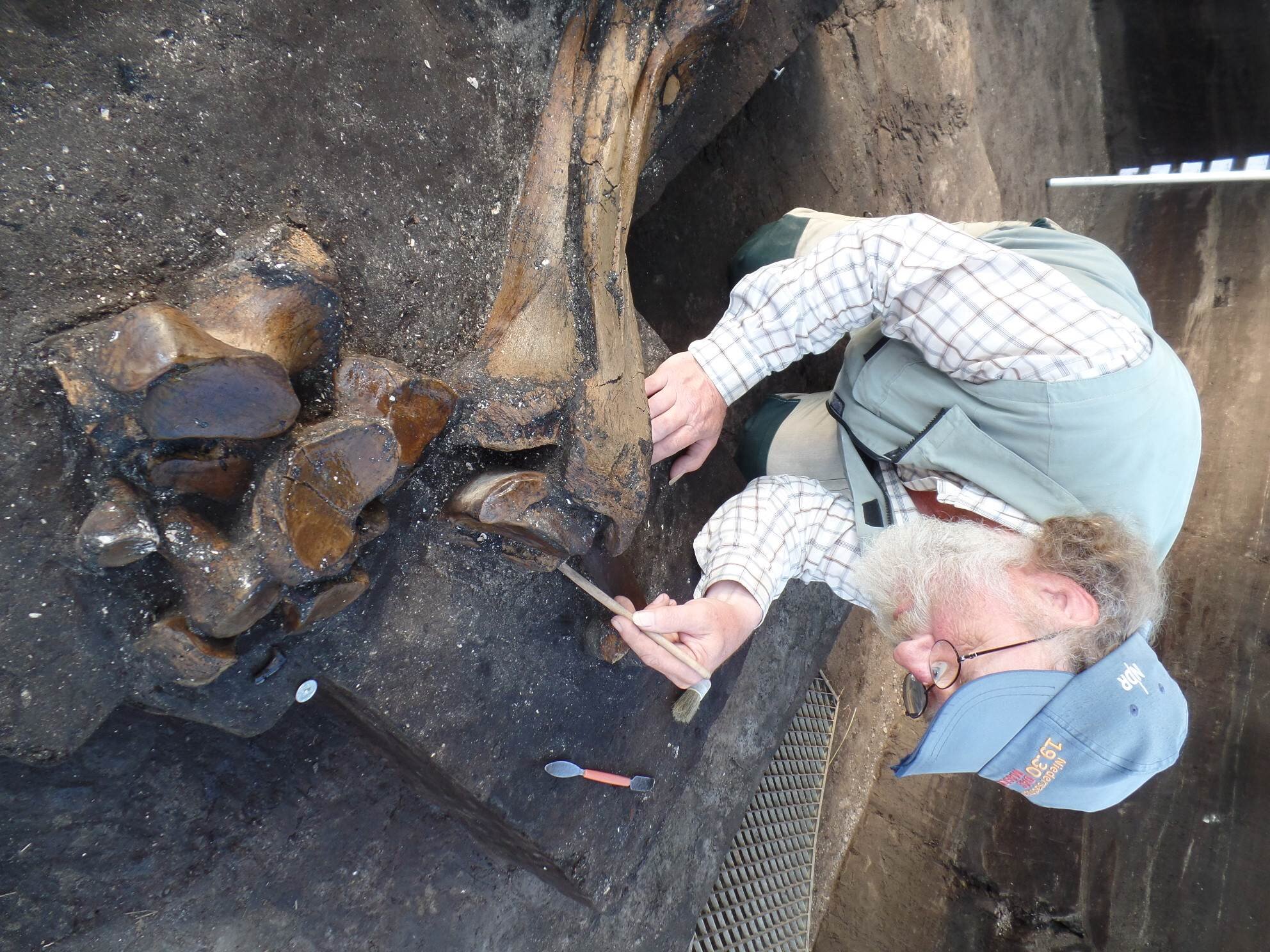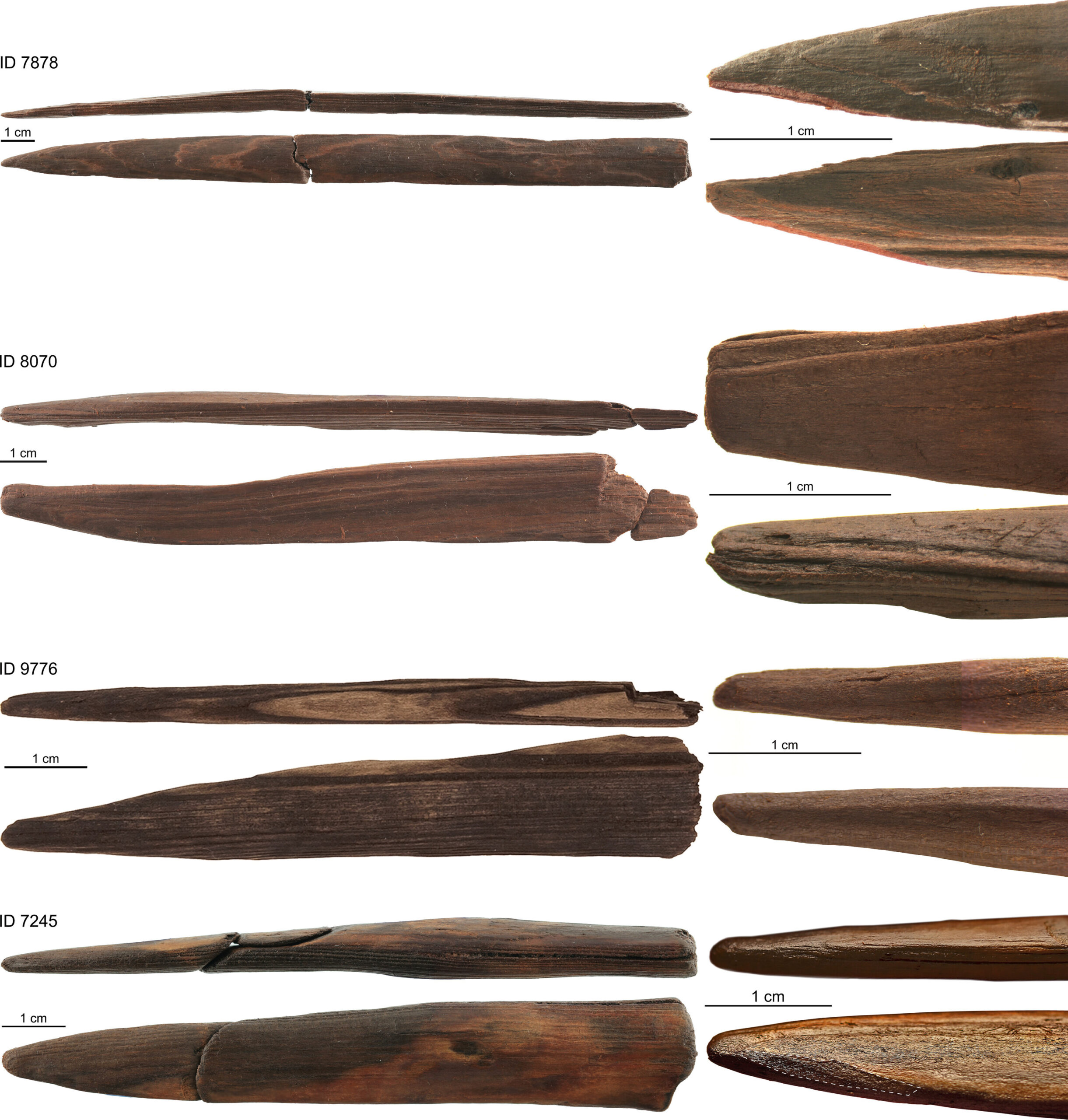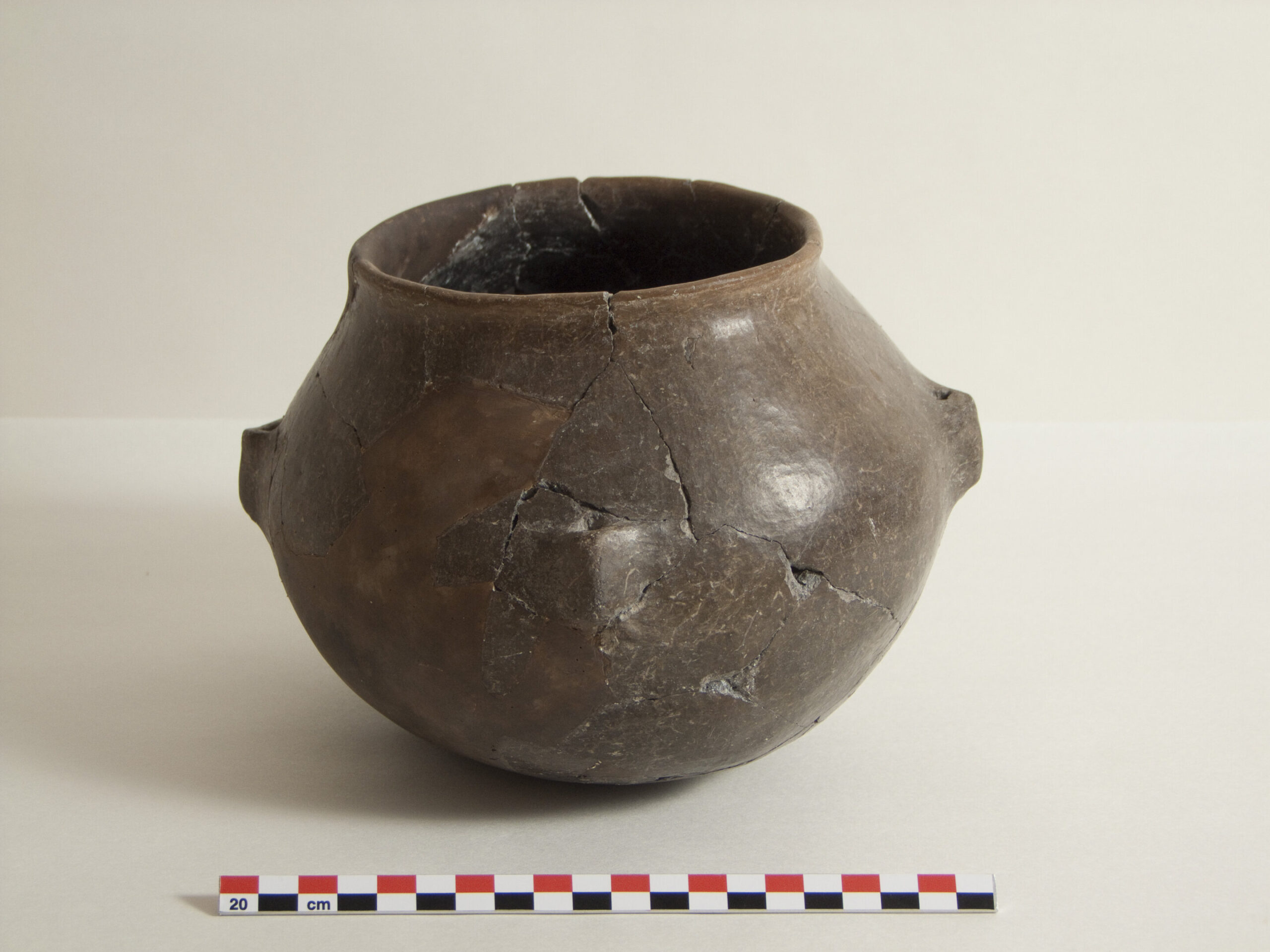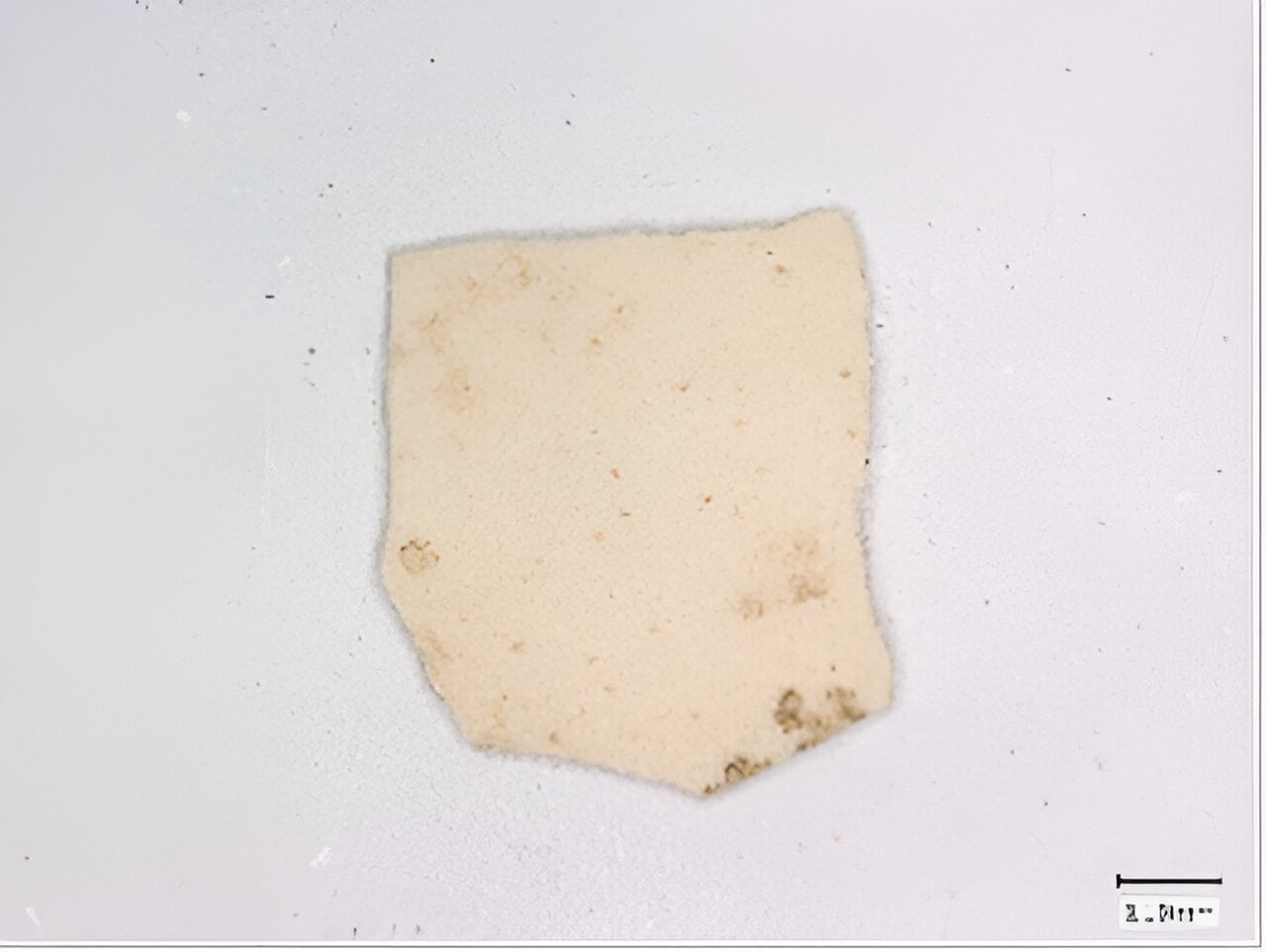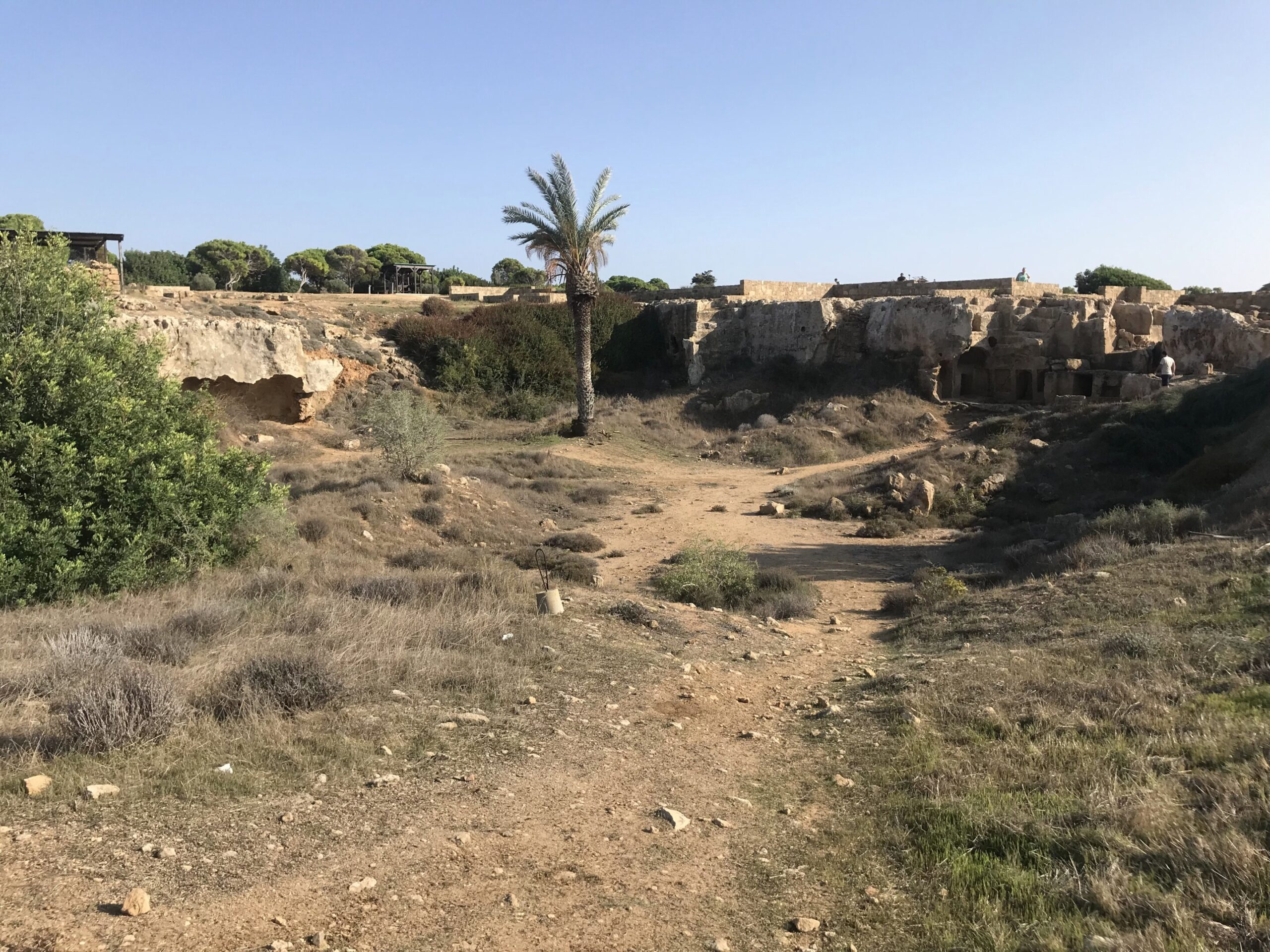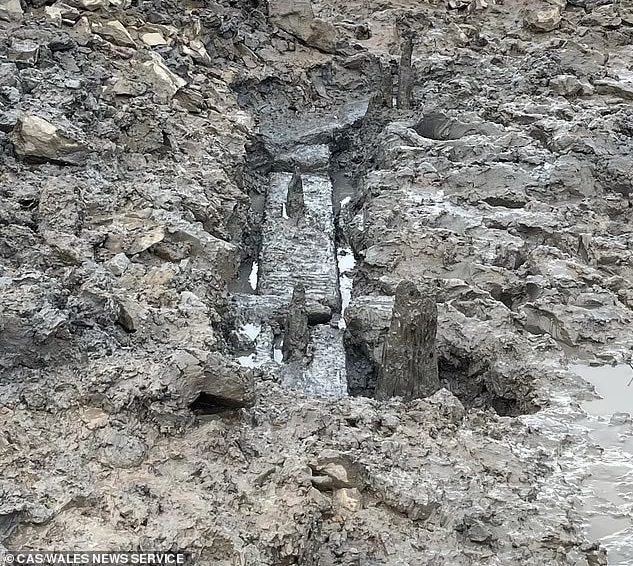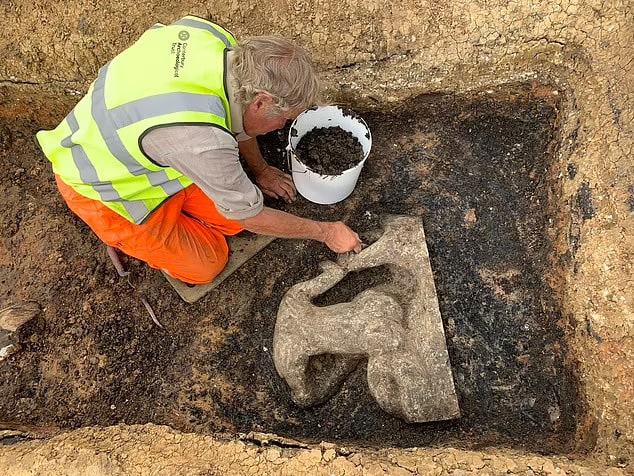Near-Complete Elephant Skeleton Unearthed in Schöningen
Schöningen, a region in Lower Saxony, Germany, continues to unveil its secrets from a bygone era. Renowned for its rich archaeological deposits dating back 300,000 years, Schöningen has recently yielded a remarkable discovery – an almost complete skeleton of a Eurasian straight-tusked elephant (Palaeoloxodon antiquus). This exceptional find sheds light on the lives of these … Read more
